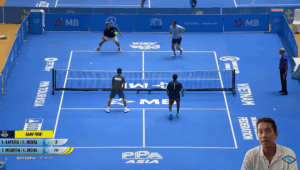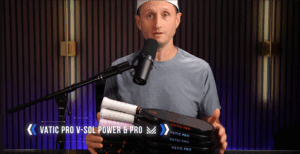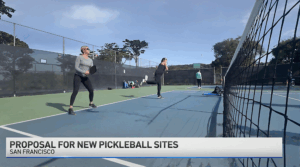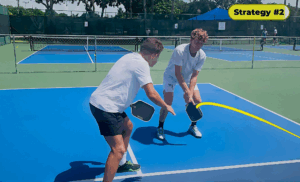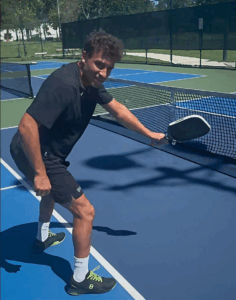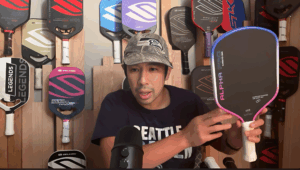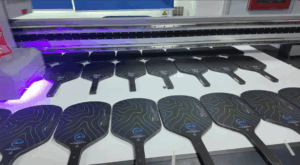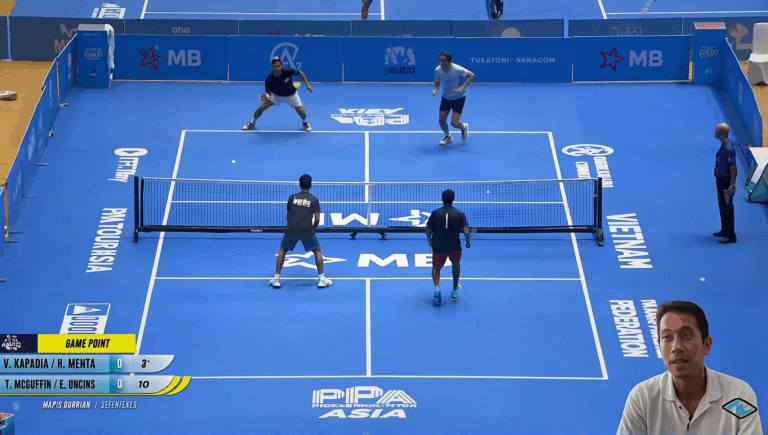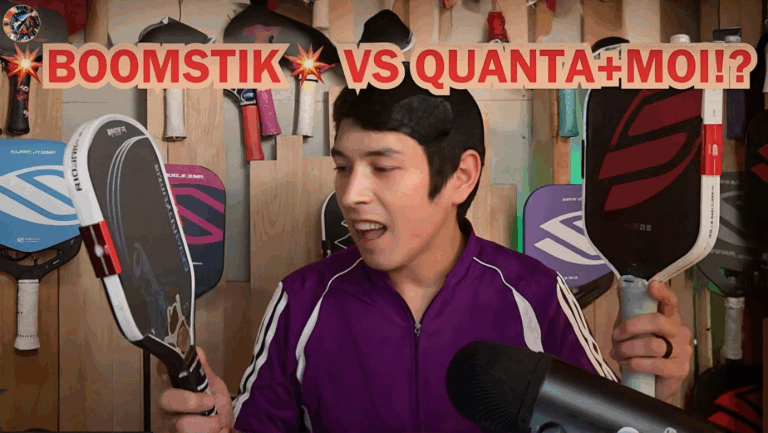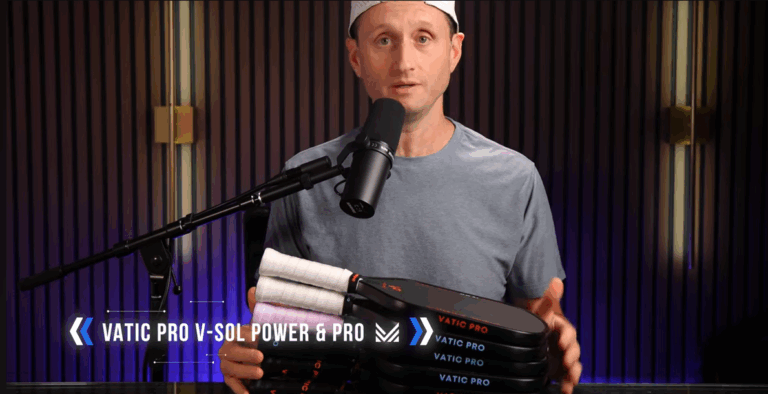Pickleball Paddle Cores – Wear and Tear
Overview
EVA foam and plastic honeycomb cores are two common materials used in pickleball paddles, each offering distinct performance characteristics. EVA foam is lighter and provides better control and reduced vibration, while plastic honeycomb cores, often made from polypropylene, offer a balance of power and durability. As these materials age, their performance can change, and understanding these changes is key for players.
How Performance Changes Over Time
- EVA Foam Paddles: As EVA foam gets damaged or compressed, it loses its cushioning, which can make the paddle feel firmer and less responsive. This might result in the paddle feeling “slower,” as it may not rebound as effectively, impacting control and feel.
- Honeycomb Cores: As honeycomb structures break down—such as through cell collapse or delamination—the paddle’s ability to transmit impact forces diminishes. This typically reduces power and control, rather than making the paddle “hotter” or hit faster, contrary to some expectations.
Durability and Wear
- EVA foam cores are less durable over time and may need more frequent replacement due to wear and tear, as the foam can compress under repeated use.
- Plastic honeycomb cores, especially when well-made, tend to be more durable, but degradation can occur, particularly if the structure fails, leading to performance issues.
Supporting Information
For more details on paddle cores and their performance, check out resources like The Skilled Pickle – Pickleball Paddle Cores or JustPaddles – The Ultimate Guide On Pickleball Paddle Cores.









